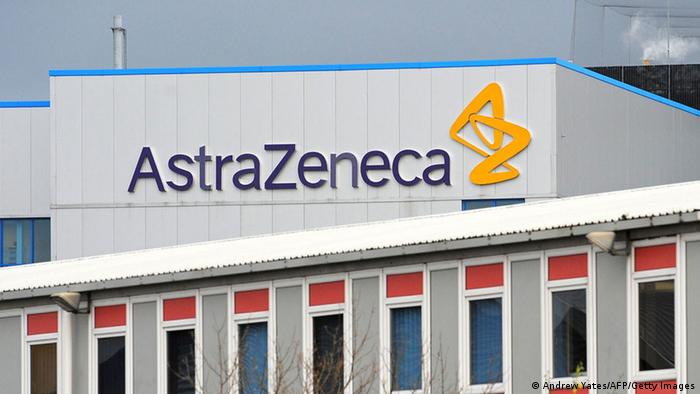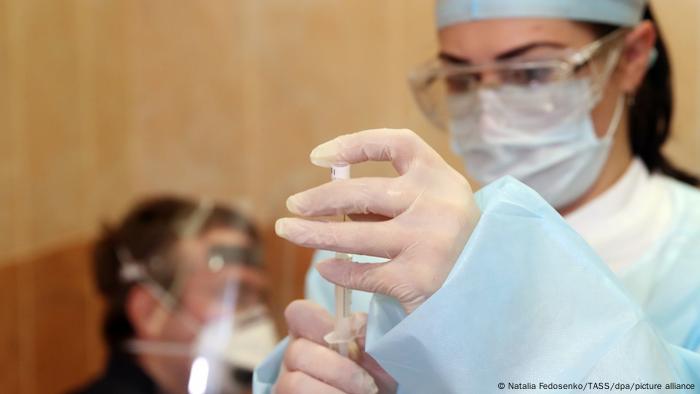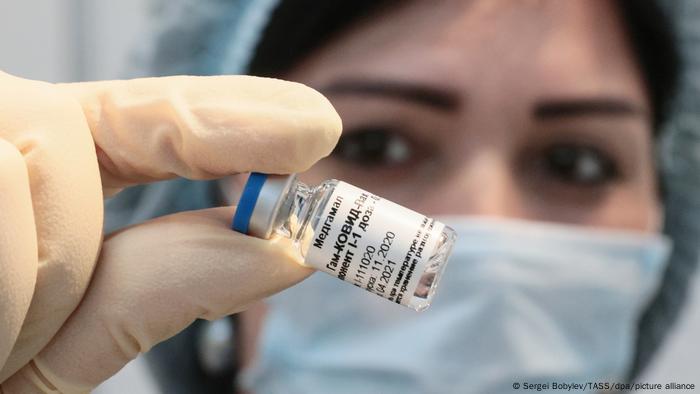Additional funding will support the teaching and research of the region’s heritage, history and languages
Feb 3, 2021

An anonymous philanthropist has given more than £11million ($15m) to University College London to support the teaching and research of the heritage, history and languages of ancient Mesopotamia.
The funding will build on the UCL-led Nahrein Network, which seeks to end the systematic exclusion of researching and remembering Middle Eastern history in Iraq and the wider region, and to tackle the impact of major population growth – both within the context of instability, poverty and unemployment among young people.
READ MORE
%20the%20Artist%20(picture%20credit%20-%20Emily%20Jarrett%20for%20the%20Ashmolean).jpg?f=16x9&w=500&$p$f$w=5bc3d04)
Iraq’s cultural heritage negatively impacted by sectarian politics
The donation will fund Nahrein’s work for the next decade. UCL’s president and provost Dr Michael Spence said it marked “a seminal moment in the decolonisation of knowledge production in Iraq and other regions in the Global South”.
The Nahrein Network has until now been funded by the UK Research and Innovation Arts and Humanities Research Council and the Global Challenges Research Fund.
UCL’s head of history Prof Eleanor Robson said ancient Mesopotamia had only really been the subject of academic interest since the 19th century, with most studies coming from a Western perspective.
“This outstandingly generous donation will help transcend barriers associated with a fragile, post-conflict state and ensure Iraqis can reclaim their ancient heritage as local history – with all the social, cultural, economic and educational benefits that can bring,” she said.
“Since 2014, the destruction of heritage sites throughout Syria and Iraq has received widespread publicity, with talk of a ‘race against time’ to preserve what remains.

“International projects have invested millions in the documentation, digitisation, and conservation of threatened and damaged buildings and archaeological sites across the Middle East. However, only a few of these projects have focused on the interests and impact on the ground for local people in their communities. It is the longer term impact on them that is the priority for the Nahrein Network,” Prof Robson added.
The additional resources are expected to strengthen work between UCL and Iraqi universities.
“This new funding will strengthen the work of Iraqi researchers and heritage experts to address the impact of decades of conflict, war and neglect. It will provide an important resource for Iraqi researchers, universities and civil society,” said Dr Mehiyar Katham, who will soon become the deputy head of the Nahrein Network.

Dr Rozhen Kamal Mohammed-Amin of Sulaimani Polytechnic University in Iraq said he planned “to carry out innovative interdisciplinary research and capacity building in digital cultural heritage and digital architecture in Iraq”.
“These cutting-edge and promising research areas are barely heard of, undertaken, or even understood in the country,” he added.
Updated: February 3, 2021







